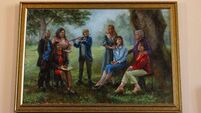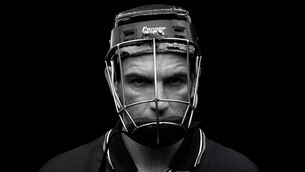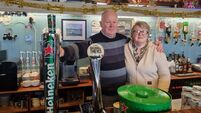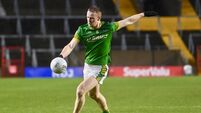Leaders should take a leaf out of Patrick’s shamrock and negotiate
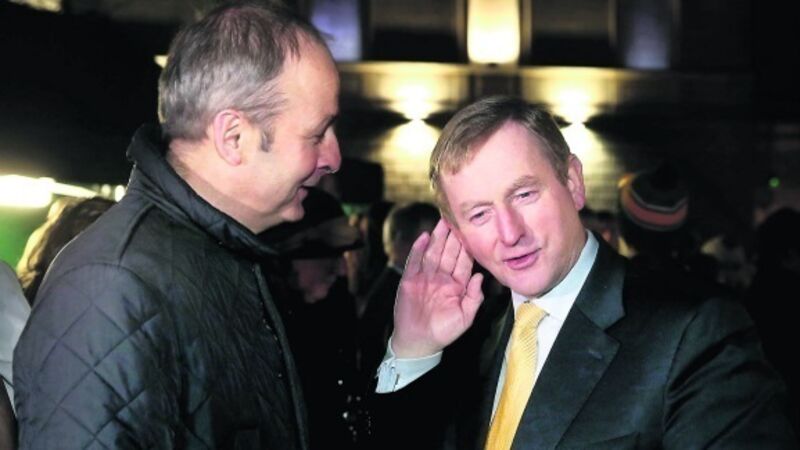
THERE were as many as 183 “kings” in Ireland when St Patrick arrived sometime around 460 AD, according to the archaeologist, Michael Gibbons. He has compared them to “Afghan warlords”.
“That’s close to the number deputies in the Dail”, commented my husband. The symbolism of relative order coming to relative chaos struck me this week as we began to celebrate the coming of Christianity to Ireland.
We now know there were probably two St Patricks and possibly three. We know Patrick was far from the first missionary who came to Ireland from Roman, Christian Britain. But what is sure is that some catalyst was applied to elements which were ready to transform in Ireland in the late 400s AD.
What happened was a revolution with staggering implications. With Christianity, Ireland changed in ways which makes the Easter Rising look totally insignificant. For Ryan Tubridy to assert, as he did on his radio show this week, that we should have a Proclamation Day every year because such a day would be “more historical” than St Patrick’s Day is just bonkers.
With Christianity, the modern world came to Ireland. Christians, the inheritors of Judaism, organised themselves into “well-instructed, well-ordered and uniformly observant” communities, as described by historian of Christianity, Diarmuid MacCulloch.
With Roman Christianity, came dairying, which transformed our social order, our relationship with land, our very relationship with time. It could even be — this is me, not Gibbons — that our superb climate for dairy was one of the main reasons we embraced Christianity, the religion which came with it. The coming of Patrick also coincided with much better weather, which gave his message a competitive advantage.
Perhaps the Irish liked the “ancient allure” of the old empire which, fast disappearing from mainland Europe, “captured the spiritual imagination” of a people living on the continent’s margins, suggests Gibbons.
But there had to be more to it than that and this is where Gibbons is really interesting. Christianity may have appealed to Irish men and women because it offered them more freedom than they had at the time. Irish society was, as he describes it, “obnoxious”. It was “very highly caste-based and socially restrictive”.
Patrick’s religion offered the hope of throwing off these shackles and may have appealed to Irish people for the same reason it appealed to lower caste Hindus, he says: “The majority of the population were getting nowhere within a hide-bound society.”
We know relatively little about the period of conversion in Ireland — Gibbons explains this is often the case with such phases. What we tend to hear instead are success stories written after the fact. There is one such success story written in the 700s AD when one holy man says there are no pagan priests left on the Hill of Tara, only Christian churches.
The Hill of Tara was a point of contention for Patrick, as the legend goes, for although King Loegaire had decreed that no fire should be lit within sight of it, the saint went ahead and lit one on the Hill of Slane. It was in the ensuing showdown — involving Patrick killing a druidic priest and summoning an earthquake — that he did his magic trick with the three-leaved shamrock.

This may have been a symbol of fertility, as well as of the Trinity. It always strikes us, in our house, that St Patrick’s Day marks the point in the Irish calendar when you finally stop fearing the weather. We often spend the afternoon feverishly planting spuds and seedlings.
But the day is relatively unimportant in the story of St Patrick. It only began to be celebrated in the 1600s and I reckon it was the Anglicans who spied a ready opportunity to peg their saint’s day to a traditional feast celebrating sowing and planting.
What is really important in the legacy of St Patrick today is the coming of relative civilisation to Ireland: the beginnings of the wider social organisation and co-operation which fosters peace.
Go at it, you warring 166 deputies. Go at it, more specifically, you High Chieftains, Kenny and Martin. Your responsibility is not just to the legacy of the men who died in 1916, it is to at least 1,800 years of slow social progress.
That social progress reached an important stage in the last century with universal franchise and a democratically elected Dail. Don’t mess with it.
Fianna Fáil’s protestations that the people did not elect them to put Fine Gael back in Government don’t add up. People voted for lots of reasons but many definitely voted for the Grand Coalition between the parties because it was not credible that FF would be in the driving seat after the election.
Enda Kenny is not an inspiring speaker and he has presided over a relative failure in this election. But for FF to ask for his head on a plate would be a bit rich from a party whose most recent Taoiseach but one said he won his money on the horses.
We will be heading back towards warlord territory if we’re not careful. I would like to remind Micheál Martin and Enda Kenny of an extraordinary speech which President Mary Mc Aleese made to a battered cabinet in Arás an Uachtaráin in 2009 when she invoked the legacy of St Patrick to drive the Government forward.
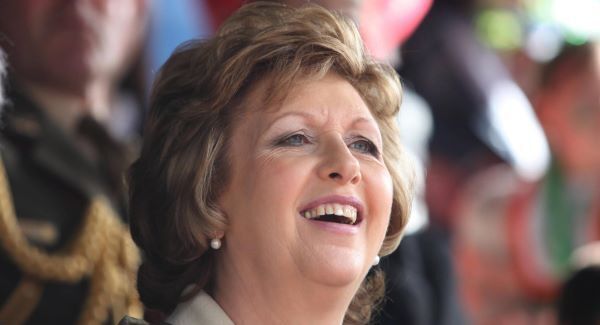
It was a private speech and not reported at the time but I think that, from this distance, it should be. I was in the room when it was delivered and I will never forget it, as I’m sure nobody who heard it will.
The banking crash which hit the developed world in 2008 had hit Ireland with particular brutality bringing the economy, as Brian Lenihan said, “to a shuddering halt”. The shock sustained by experienced FF Cabinet members was clearly severe. Some were visibly shaken, none more so than an ashen-faced Taoiseach Brian Cowen.
Addressing the Taoiseach directly, McAleese said that what was needed was the spirit of St Patrick in the words of his ‘Breastplate’: “I arise today with a mighty strength.” Nothing short of “a mighty strength” would do, she inferred; a strength grounded in the conviction that doing right by your people was all that mattered.
The ‘Breastplate’ is surely one of the Christian world’s greatest prayers, invoking “the light of the sun”, “the radiance of the moon” and “the stability of the earth” as well as “the strength of heaven”. It probably wasn’t written by St Patrick at all. It doesn’t matter. What matters is that the two leaders whose parties got the most votes nearly three weeks ago ponder its message today, St Patrick’s Day, and arise tomorrow “with a mighty strength” to give us the stable government we have worked towards for more than 1,800 years.







